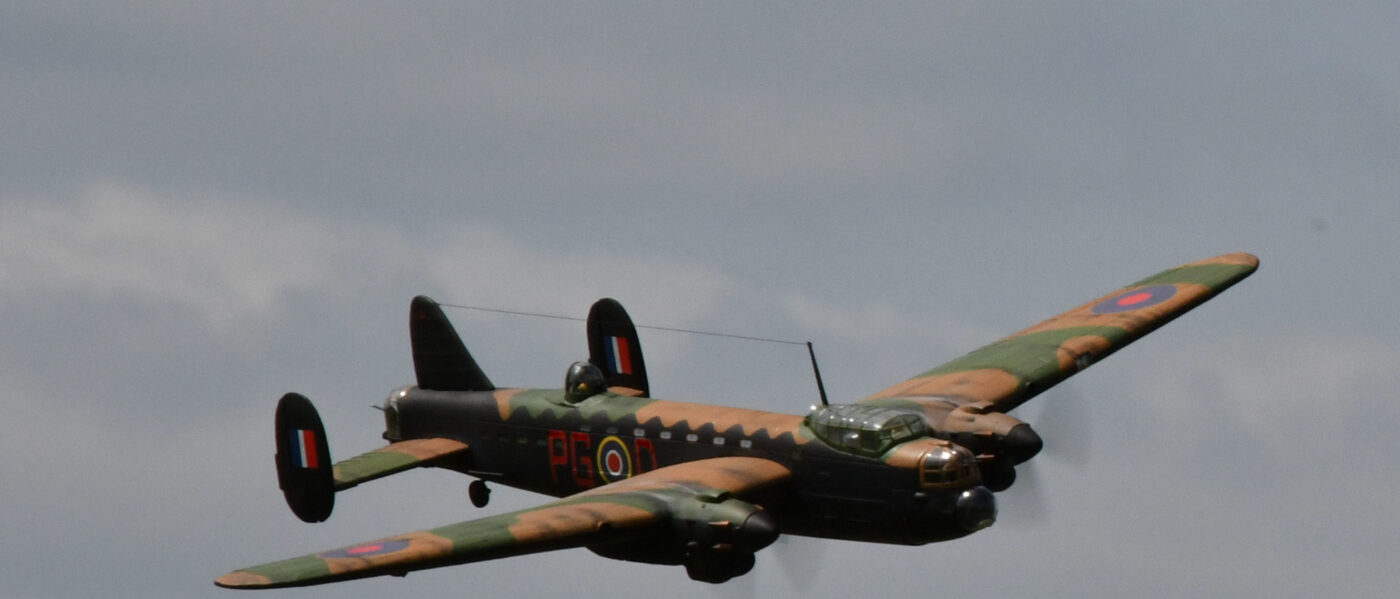A Busy Night’s Gardening
Marine mine laying was codenamed ‘Gardening’ by the RAF, and the mines referred to as ‘Vegetables’. While not as dangerous an undertaking as flying long distances over hostile territory it still carried risks. Flying low, usually 300 – 500 feet above a dark sea on a dark night with no visible horizon called for constant attention to the aircraft’s instruments. The aeroplane was always less than one second from hitting the sea at those heights. A little sea mist, a moments inattention and the trip could end in the sea. Navigation had to be very precise so that Allied vessels would have a safe path to follow if crossing the area. The aircraft had to fly on a steady, straight and level track for a considerable distance to ‘plant’ the ‘vegetables’ properly, sometimes within range of shore based artillery. As a lower risk activity many crews would be sent out ‘Gardening’ on their first mission. Others would go ‘Nickeling’, dropping propaganda leaflets over lightly defended non-strategic towns and cities. Either way not all of the dangers were obvious. This is the story of just one night’s gardening by one RAF squadron.
On the 24th of February 1942 Flying Officer Archibald in L7516 was one of seven 61 Squadron Manchesters detailed to lay mines in the Heligoland Bight and Treschelling area. He took off at 18:45 in the evening. As he was crossing the Norfolk coast he was fired on by British anti-aircraft guns, he fired the correct colour Very cartridge for the day to identify his aircraft as friendly, but the firing continued. The rest of the trip was uneventful, and he left his mines in the allocated area. Of the other six Manchesters engaged in this same operation three others were similarly fired upon by their own side. L7521 flown by Flight Sergeant Underwood also came under fire, this time from a small convoy. They did not cease fire when shown the correct colours either. Pilot officer Smith in L7480 was fired on by armed trawlers escorting a small convoy, possibly the same one, with a similar lack of effect achieved by firing the colour of the day. Once in the target area he was also fired upon by the German defenders, but their barrage was much more intense and accurate. He did manage to drop his mines in the designated area. Not an easy task while under fire.
Pilot Officer Searby flying L7518 was also fired on by a small British convoy; this may well have been a different one as they ceased fire when he fired his identifying Very cartridges. However, when he reached his target area he found four German warships at anchor close by. Their anti-aircraft fire made life thoroughly unpleasant until he had dropped his mines and left the area. Pilot Officer Torfield in L7464 only came under fire from the Germans, unfortunately that was so accurate that after five attempts he was unable to leave his mines behind and had to bring them home.
Just two crews, Flight Lieutenant McNaughton in L7471 and Pilot Officer Hubbard in L7473, had uneventful trips.
